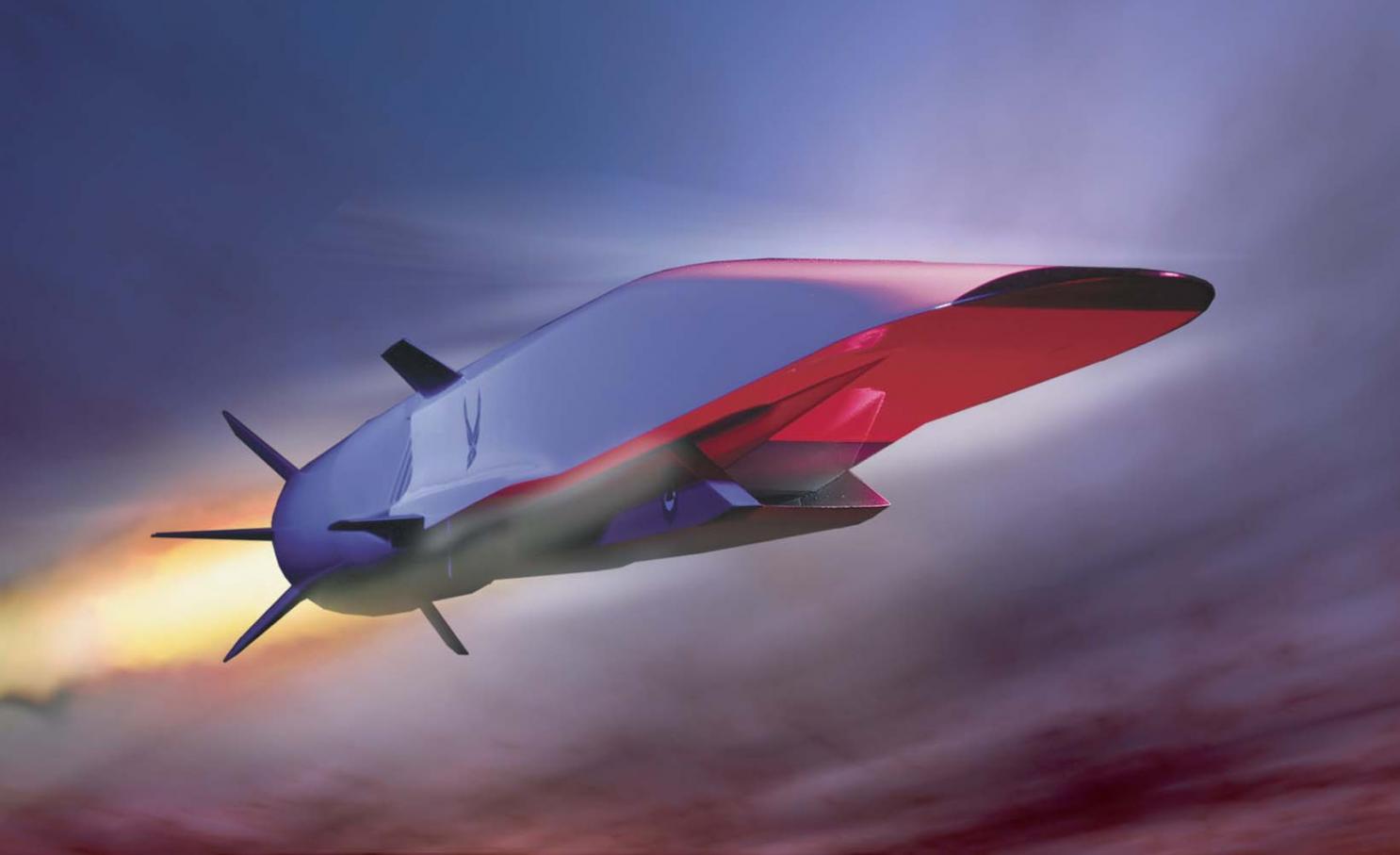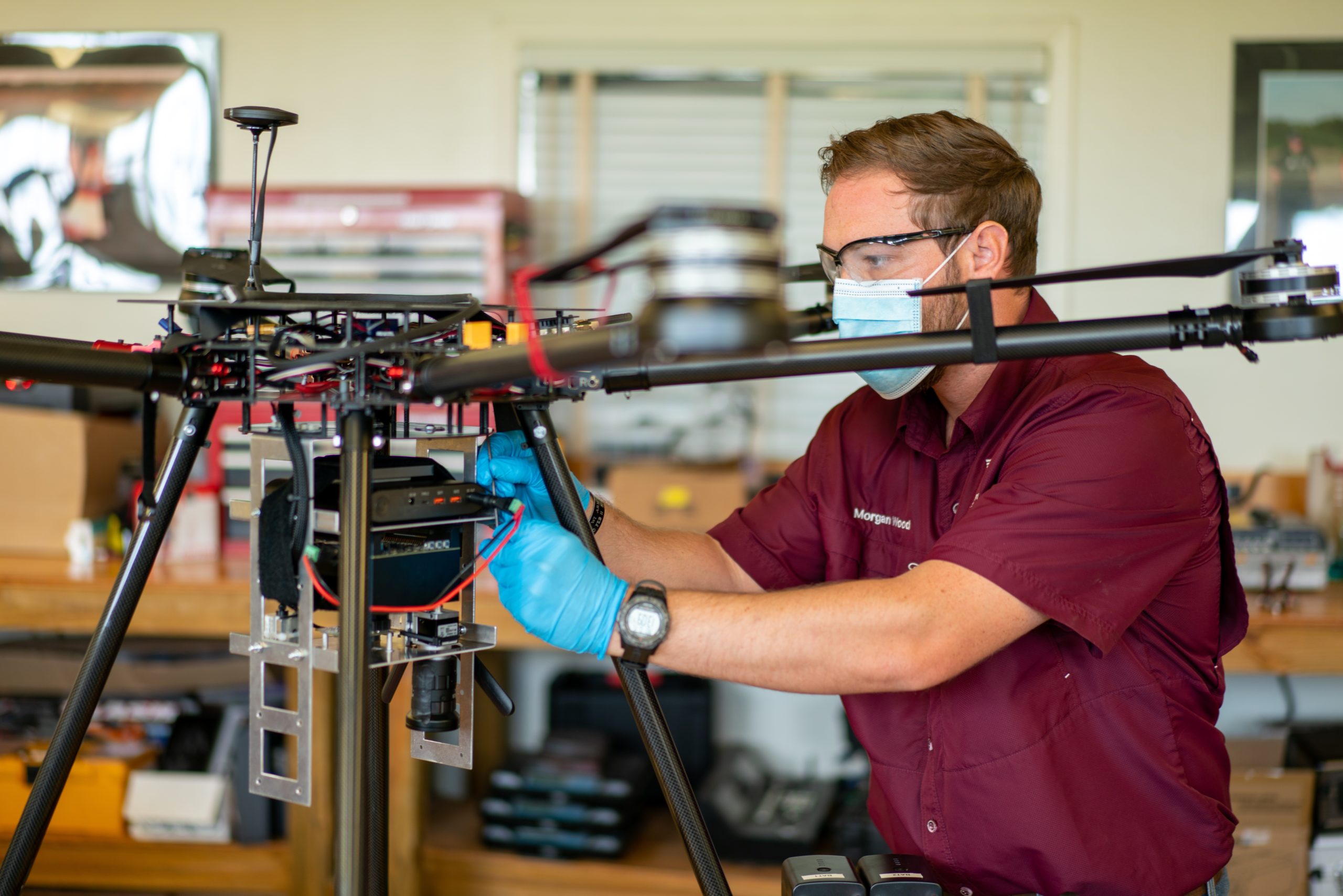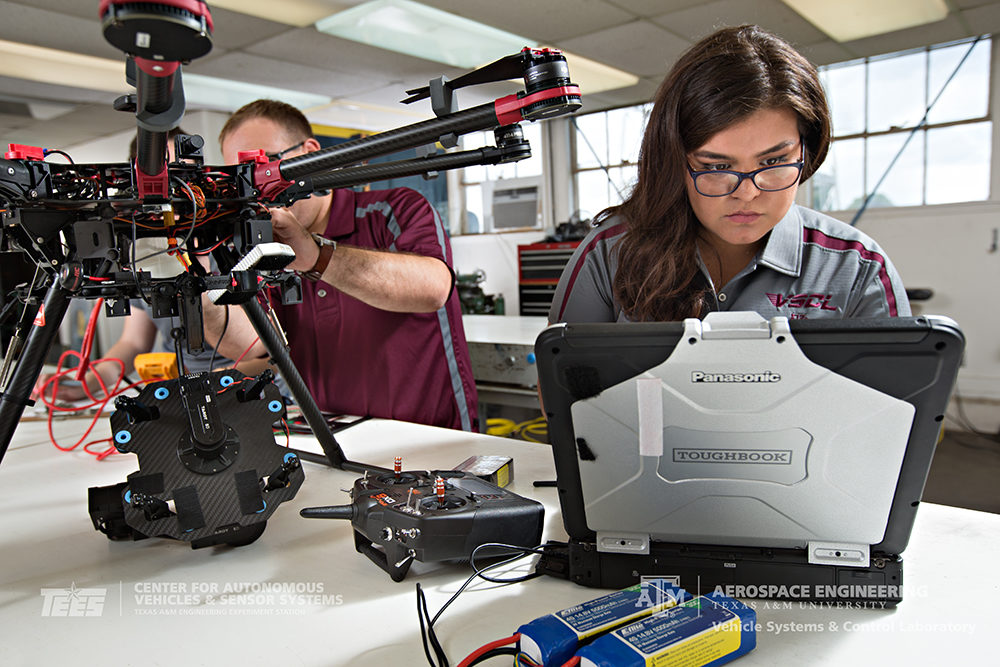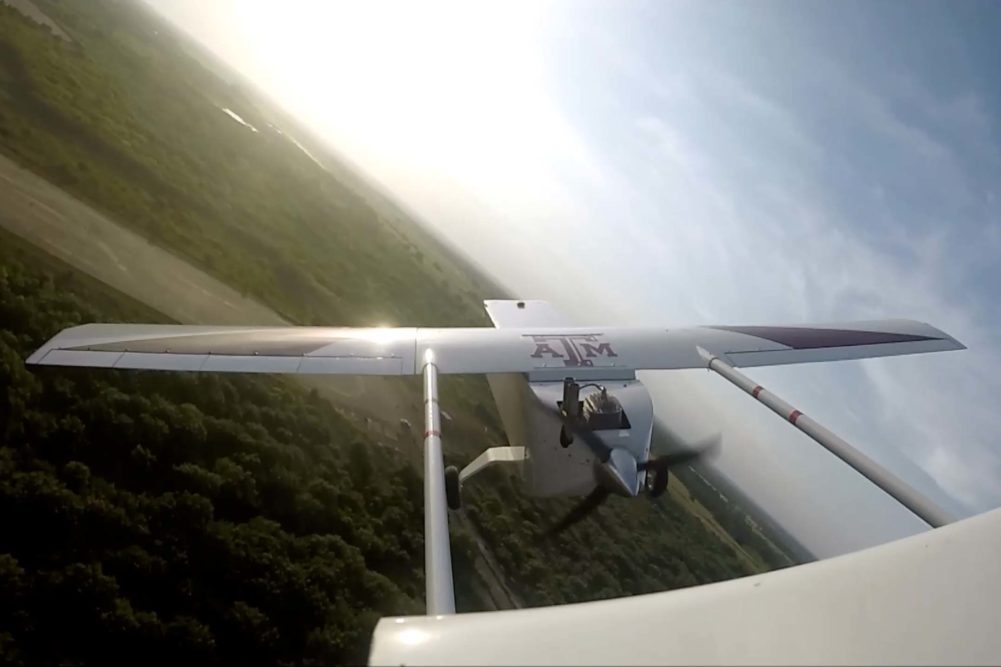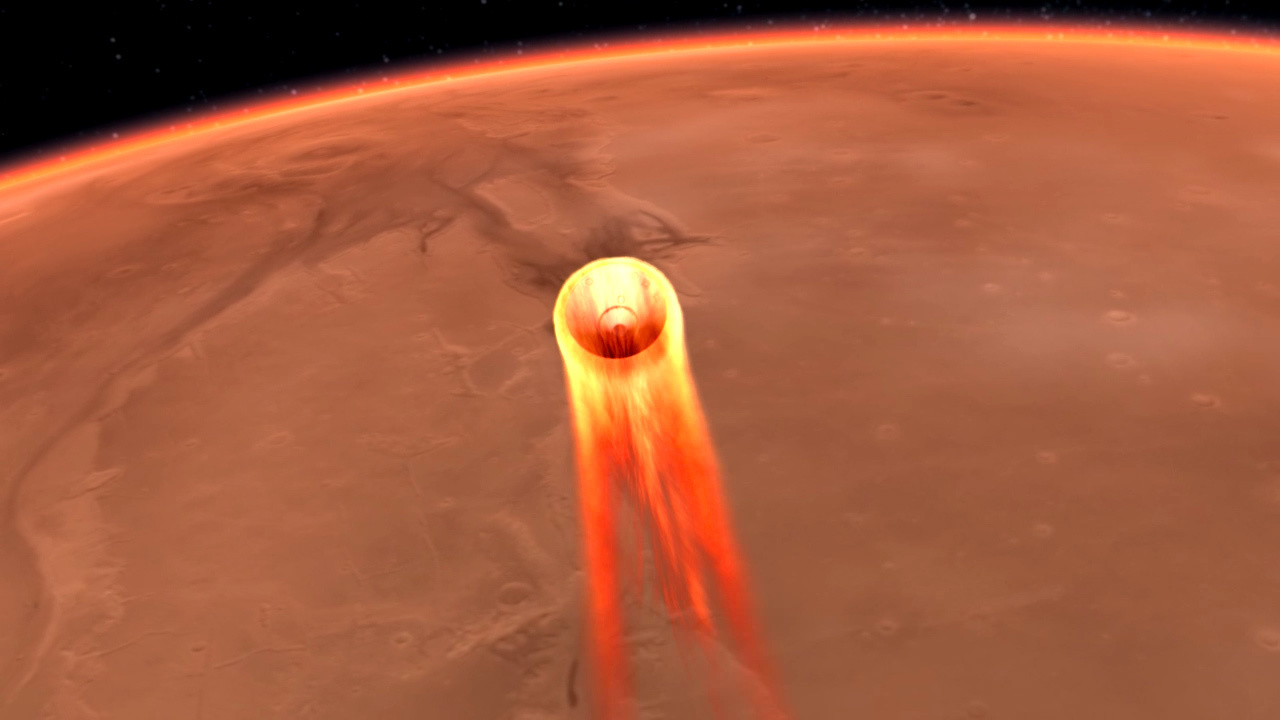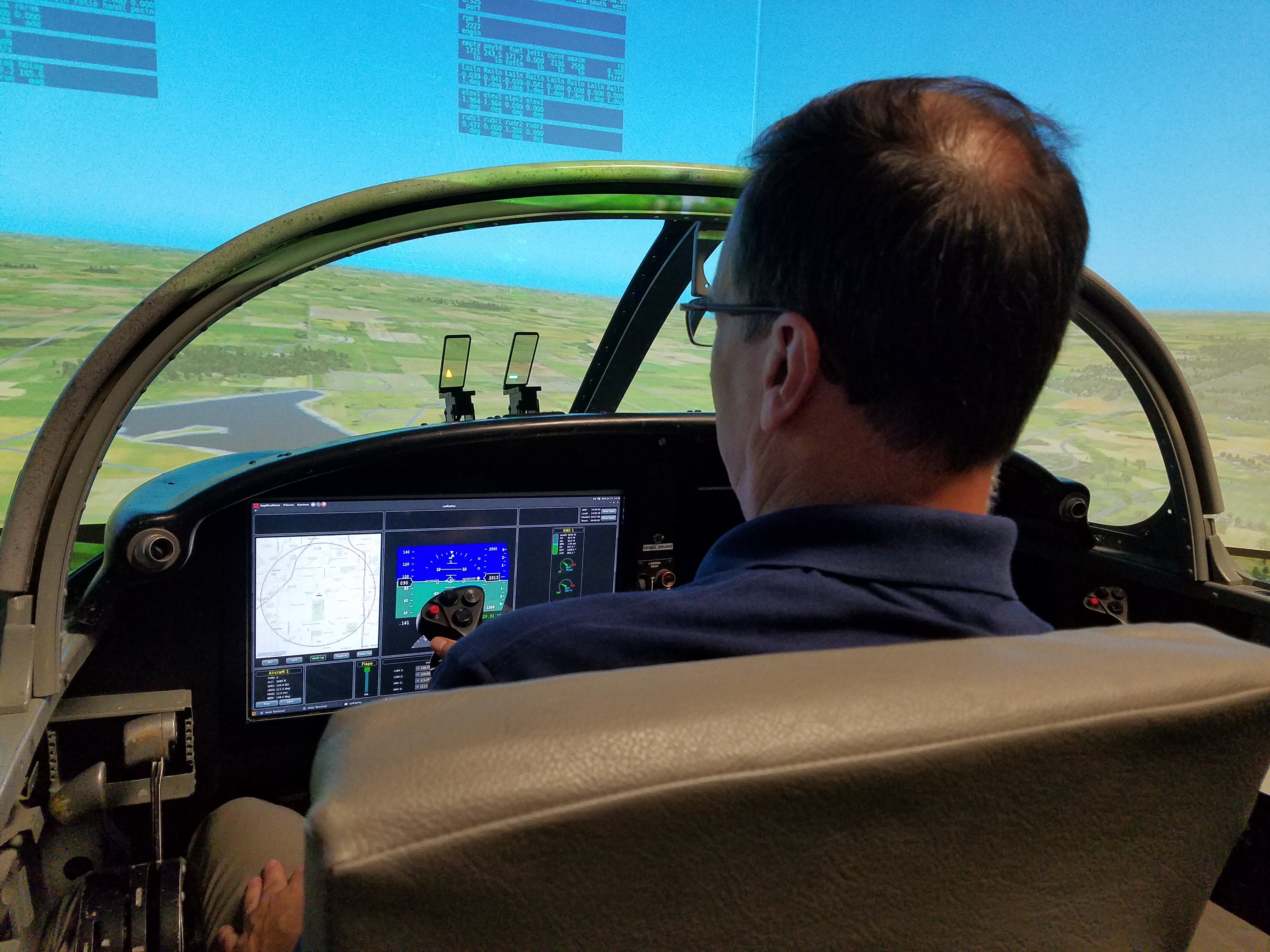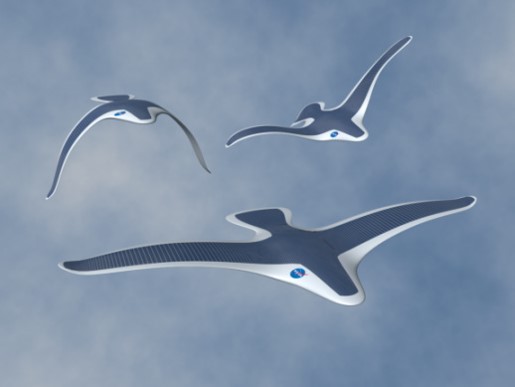Based Upon Previous Work By Juri Kalviste
The stability of aircraft is usually expressed in terms of both static stability criteria (e.g., ##C_{m_{\alpha}} < 0##), and dynamic stability criteria (e.g., ##\zeta_{D.R.} > 0##). These criteria are normally evaulated with steady, linear aerodynamic data. The results are adequate for low angle-of-attack, light maneuvering flight regimes (where aircraft spend the majority of their flight time). In heavy maneuvering, high angle-of-attack flight regimes, the aerodynamic data tends to be unsteady and nonlinear, whereby these stability criteria are no longer valid. A set of new stability parameters are sought for analysis of aircraft stability throughout the flight envelope. These parameters will define aircraft stability based on the aircraft’s aerodynamic and inertial properties, and will include both static and dynamic effects, inertial coupling, and kinematic coupling effects. A method of relating these parameters to the conventional stability modes of an aircraft is sought, in order to isolate the formation of new dynamic modes due to coupling.

